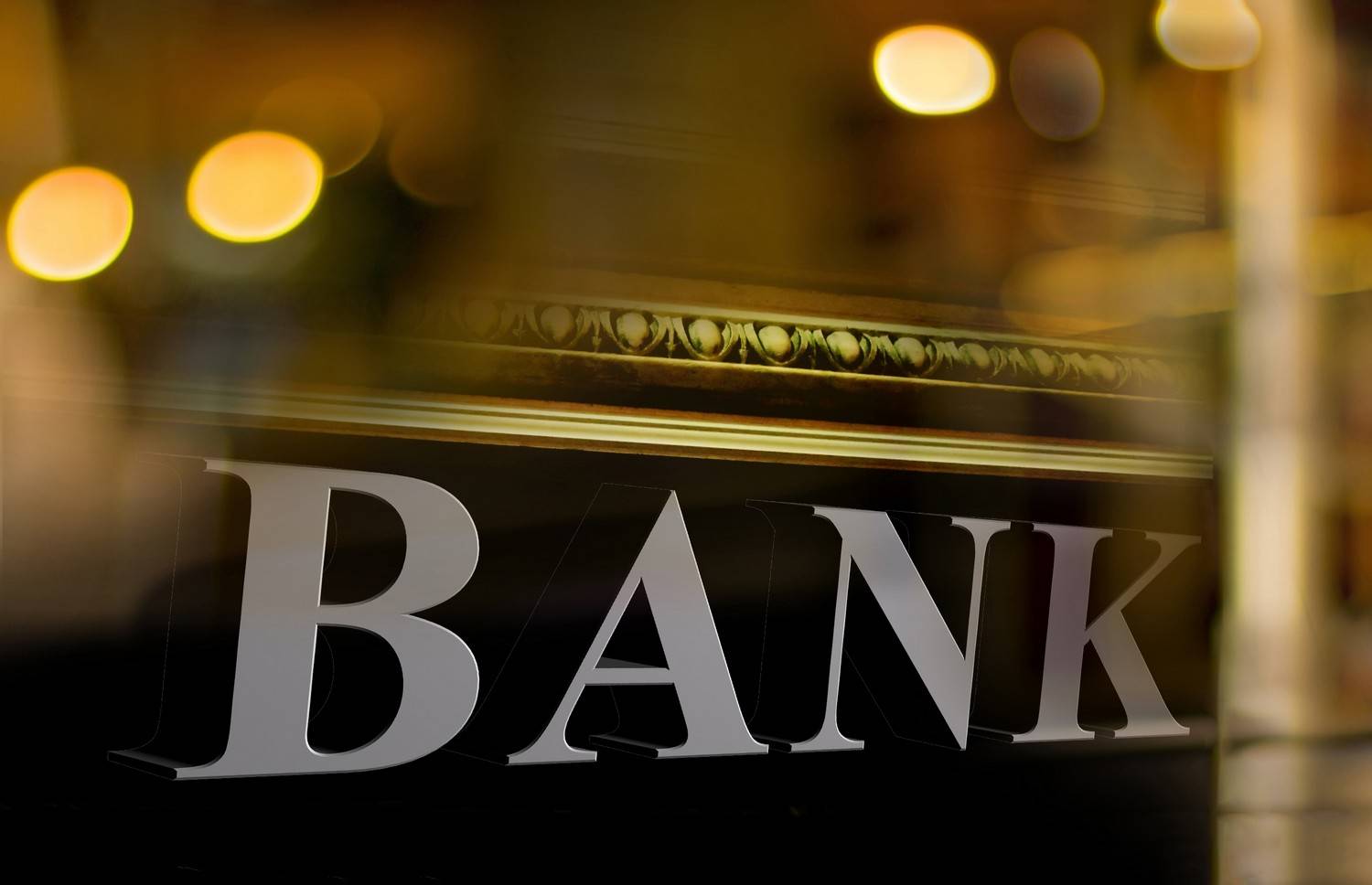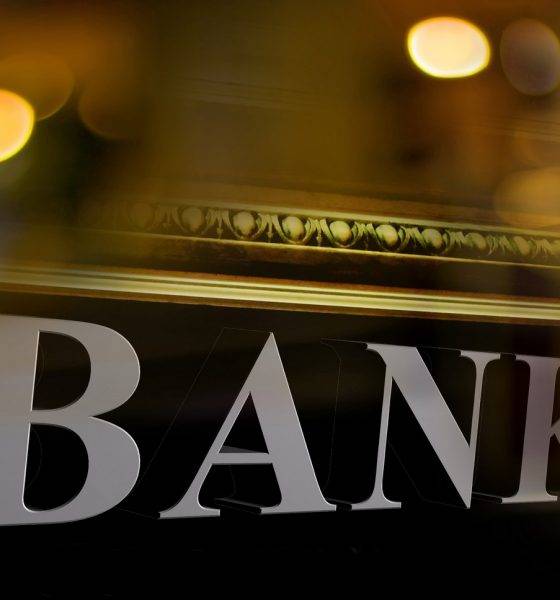

Banking
Italian Banks Responsible for Almost a Third of Bad Loans in Euro Zone
A report from the European Central Bank (ECB) revealed that nearly a third of the bad loans in the euro zone are being held by Italians banks. €990 billion in unpaid loans from the top lenders in the euro zone are currently outstanding, with Italy, Greece and Cyprus being the major culprits. The distortion is restricting new loans in the region and is hampering economic growth and causing confidence in their banking institutions to wane. Fourteen of the leading lenders in Italy have €286 billion of non-performing exposure – loans, debt securities and off-balance sheet items without a repayment schedule. This is almost a third of the bad debts held by the 110 other large institutions under the supervision of the ECB. The figure also represents a tenth of all loans in Italy. This aftermath of the financial crisis, is partly responsible for the growing economic uncertainty in the country.
Italian banks have been mandated to prepare reserves of 44.6 percent of their bad debt. This coverage ratio is much higher than other countries struggling with bad loans in the region, including Portugal and Cyprus. Investors are concerned that smaller banks in the country may not be able to cover for their bad loans. If the current government fails in its referendum over the weekend and is replaced, analysts fear it’ll get worse for the smaller lenders. The ECB said it is prepared to purchase more Italian government bonds if that is the case. However, the governing bank cannot provide enough capital for the Italian banks, unless the government asks for a bailout. The ECB has prepared a plan for Italy’s worst offender, Monte Paschi and the four largest lenders in Greece, to reduce their number of bad loans. The bank is also preparing guidelines for the other banks in the region.















